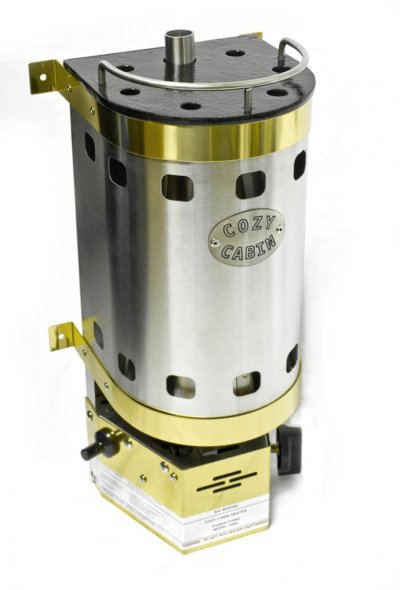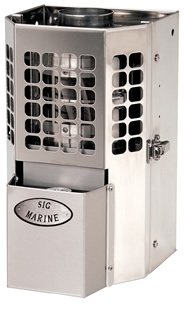Adopo
Guru
Hi, just purchased a boat and want to cruise on our lake this winter...so I am looking at heat sources for the cabin. No genset etc.
Which do you prefer? Why?
Do the diesel ones have that diesel odor?
I read that alcohol will coat everything with condensation?
Propane sounded good till the old hand told me about an explosion that threw the lady out of the cabin top.
Pictured is the boat and a few of the models I am looking at plus a similar cabin layout. Why in the hell didn't I buy "Windows!" It was all done :
:
Which do you prefer? Why?
Do the diesel ones have that diesel odor?
I read that alcohol will coat everything with condensation?
Propane sounded good till the old hand told me about an explosion that threw the lady out of the cabin top.
Pictured is the boat and a few of the models I am looking at plus a similar cabin layout. Why in the hell didn't I buy "Windows!" It was all done
 :
:






